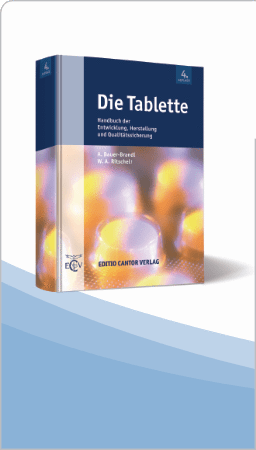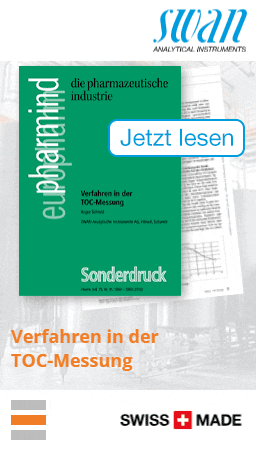Codieren und Lesen der Codierung von Behältnissen aus Glas für pharmazeutische und diagnostische Produkte / Teil 1 Albert Wohland1, Sylvain Houy1, Simone Voldrich3, Robert Hormes3, Sabine Lehnicke4, André Witzmann5, Ulla Trinks5, Oliver Berger6, Volker Wedershoven6, Sergej Toedtli7, Stefanie Hub1, Marcus S. Kern1, Stephan Knittel1, Jörn Köhler2, Thomas Wetzel2 1 Roche Diagnostics GmbH, Mannheim Corresponding author: Sylvain Houy, Dipl.-Ing. Werkstofftechnik, Roche Diagnostics GmbH, Packmittelentwicklung Pharma, Sandhofer Str. 116, 68305 Mannheim (Germany), e-mail: sylvain.houy@roche.com Encoding and Reading of Codes on Glass Containers for Pharmaceutical and Diagnostic Products The purpose of this study was to mark glass containers for pharmaceutical and diagnostic products unambiguously with an individual code, and establish proof of concept for largescale production. Identification at the level of the primary packaging should thus be possible, thereby preventing crosscontamination as well as enabling each individual packing to be tracked and traced. Key words Pharmazeutische Verpackungen • Pharmazeutische und diagnostische Glasverpackungen • Vorfüllbare Spritze • Track & Trace • E-Pedigree • Lasermarkierung • Data Matrix Code |
|
|
pharmind 2009, Nr. 10, Seite 1770






